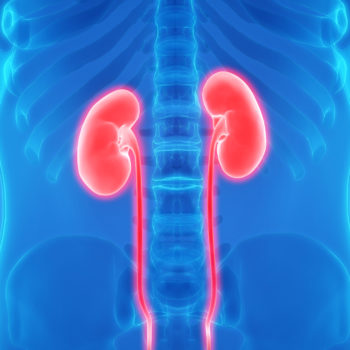The number of prostate cancer cases in the United States is increasing again after a long period of more than twenty years in which both the number of cases and deaths from prostate cancer had decreased. The data of the recent “Annual Report to the Nation on the Status of Cancer 2018” published by the magazine Cancer reveals this information. “The data does not make it clear whether the increase in cases is related to lower male adherence to prostate cancer screening – underlines Dr. Alberto Saita, urologist at the Humanitas Hospital. However, in the U.S., the debate among physicians about the usefulness of detecting the dosage of PSA (prostate specific antigen) in men over 50 years of age has been going on for years, because it is not a specific marker for prostate cancer.
What is the situation in Italy?
Although prostate cancer is the most common solid malignant cancer in men, according to the Italian Association of Medical Oncology (AIOM) and the Italian Association of Cancer Registers (AIRTUM), in 2017 cases of prostate cancer decreased in Italy, and there is an increase in survival. “These data confirm both the adherence to the screening exams, and therefore the early treatment of possible neoplastic lesions – explains Dr. Alberto Saita – and the use of technologically advanced diagnostic investigations and innovative therapeutic treatments. It is true that the analysis of PSA levels in the blood does not represent sensitive diagnostic data for prostate cancer; however, its measurement allows the physician to direct the patient towards a path of in-depth diagnosis. In fact, these values can vary due to different factors such as age, size of the prostate (benign prostatic hypertrophy), the presence of inflammation (prostatitis) and not necessarily only in the presence of a neoplasm.
Diagnosis of prostate cancer: new parameters and tests
When it comes to prostate cancer, PSA is still the best-known examination to date. “Together with the PSA – continues the expert – the diagnosis also includes the urological examination with rectal exploration, fundamental in the study of the prostate, and ultrasound. Today, however, easier access to multiparameter resonance is gaining ground for diagnostic accuracy. This is taking away space from other markers, including the more specific [-2]proPSA and the PHI (prostate health index), which may have a special role in monitoring patients already undergoing multiple biopsies but with permanent high levels of PSA”.





